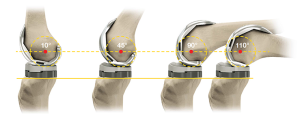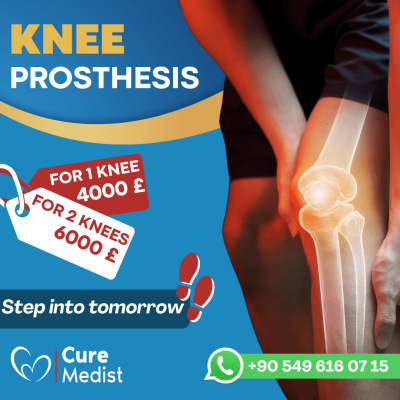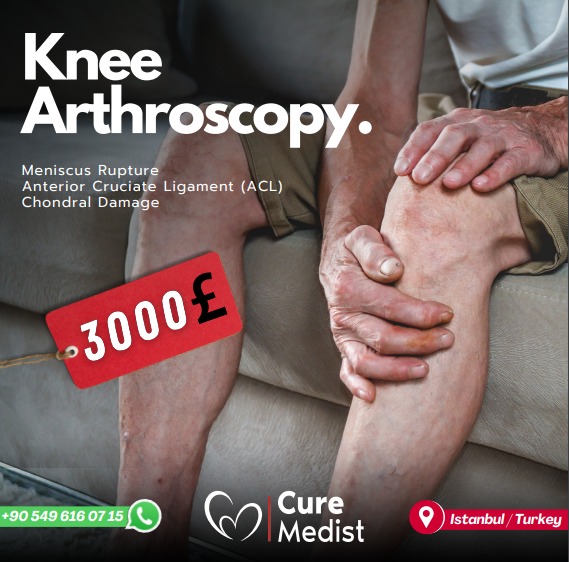Knee prosthesis, also known as a knee replacement or knee arthroplasty, is a surgical procedure where damaged or diseased parts of the knee joint are replaced with artificial components. This procedure is typically performed to relieve pain and restore function in individuals with severe knee arthritis or other degenerative conditions. Here’s some information about knee prostheses:
Types of Knee Prostheses:
- Total Knee Replacement (TKR): In a TKR, both the femoral and tibial components of the knee joint are replaced with prosthetic implants. The kneecap (patella) may also be resurfaced with a plastic component.
- Partial Knee Replacement (PKR): In a PKR, only the damaged part of the knee joint is replaced with a prosthetic component. This option is suitable for individuals with localized knee arthritis or damage, typically on one side of the knee.
- Revision Knee Replacement: This procedure is performed when a previous knee replacement has failed or requires revision due to loosening, wear, or other complications. It involves removing the existing implants and replacing them with new ones.
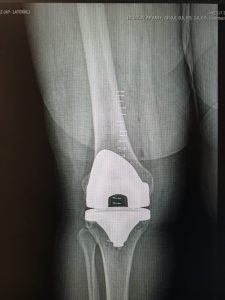
Components of a Knee Prosthesis:
- Femoral Component: This component replaces the lower end of the thigh bone (femur). It is typically made of metal (such as titanium or cobalt-chromium alloy) or a combination of metal and ceramic.
- Tibial Component: This component replaces the upper surface of the shin bone (tibia). It consists of a metal tray with a plastic insert (polyethylene) that acts as a cushion between the metal components.
- Patellar Component: In total knee replacements, the back surface of the kneecap may be resurfaced with a plastic component to improve its movement and reduce friction within the joint.
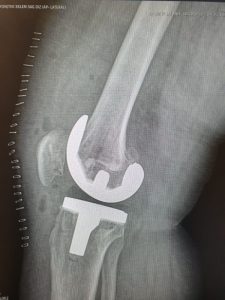
Surgical Procedure:
- Knee replacement surgery is usually performed under general anesthesia or regional anesthesia (spinal or epidural).
- The surgeon makes an incision over the knee joint, removes the damaged cartilage and bone, and prepares the bone surfaces to receive the prosthetic components.
- The prosthetic components are then implanted into the knee joint, and the incision is closed with sutures or staples.
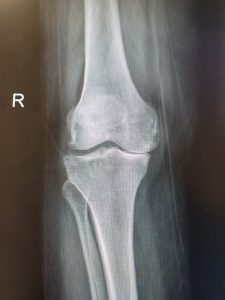
Recovery and Rehabilitation:
- Following surgery, patients typically undergo physical therapy to regain strength, flexibility, and range of motion in the knee.
- Full recovery from knee replacement surgery may take several weeks to months, depending on individual factors such as age, overall health, and the extent of the surgery.
- Most patients experience significant pain relief and improved mobility after knee replacement, allowing them to return to their normal activities with reduced discomfort.
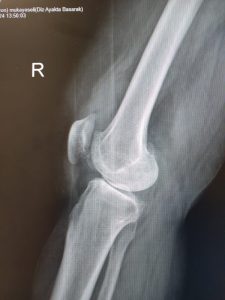
Knee replacement surgery is considered a safe and effective treatment for severe knee arthritis and can significantly improve quality of life for individuals experiencing chronic knee pain and disability. However, like any surgical procedure, it carries risks and complications, which should be discussed with a healthcare provider.
KNEE PROSTHESIS
